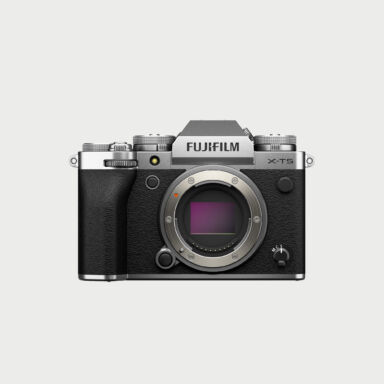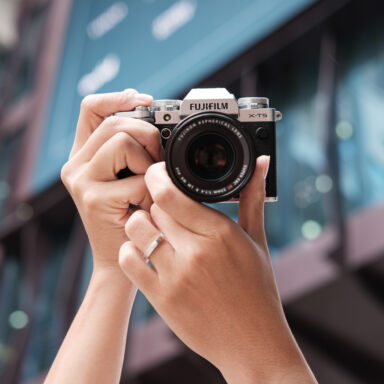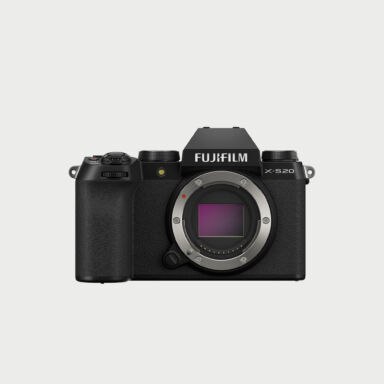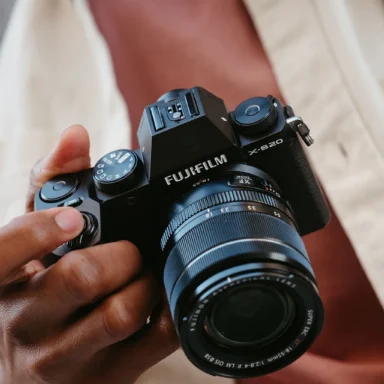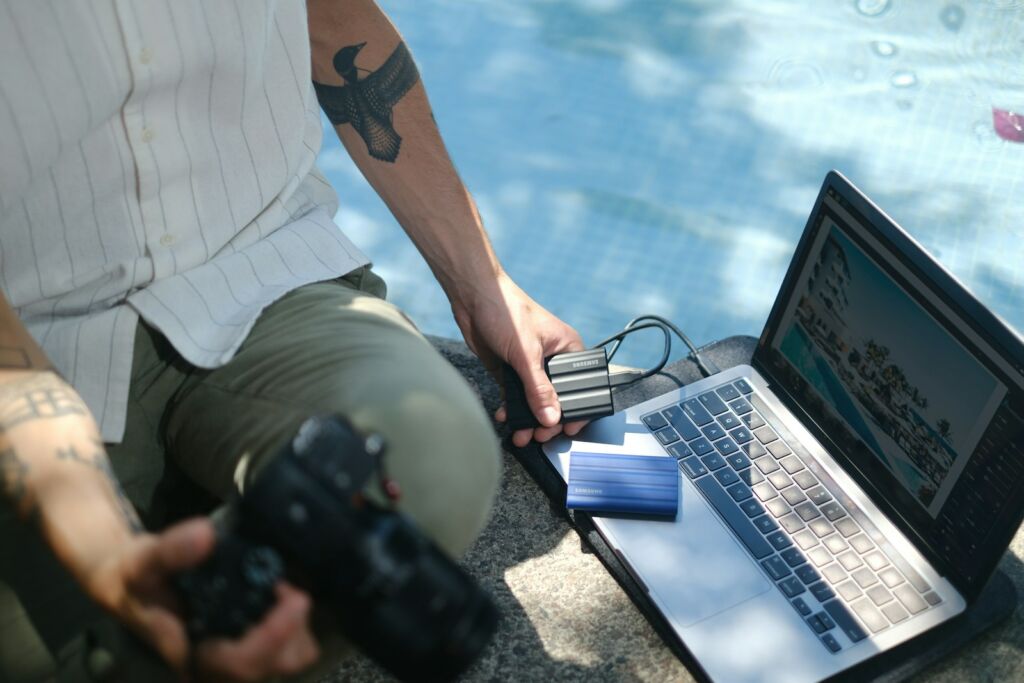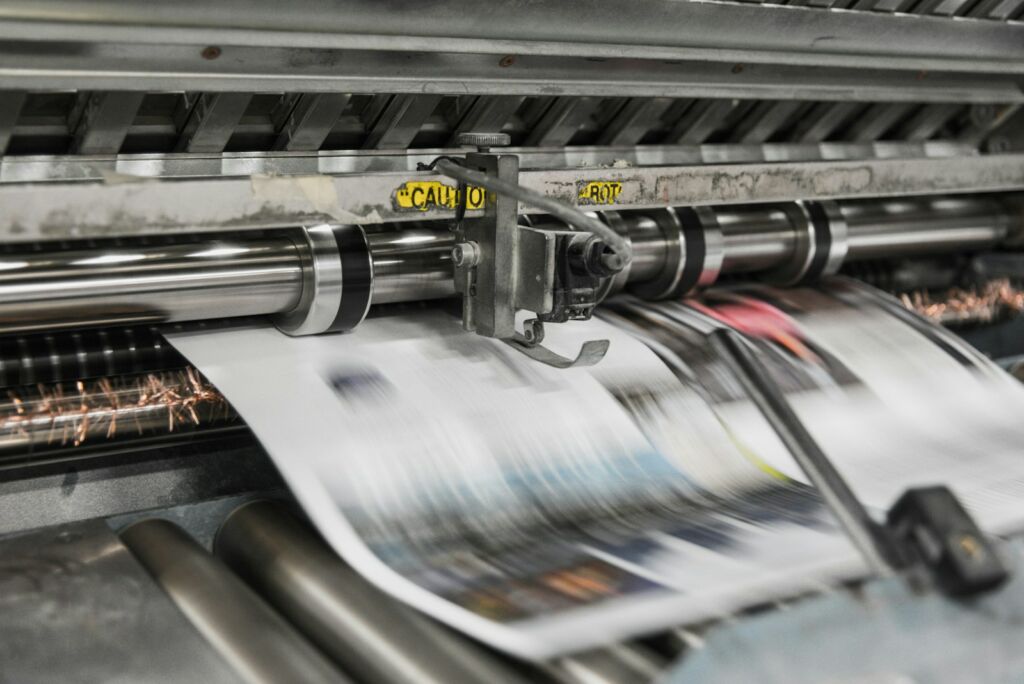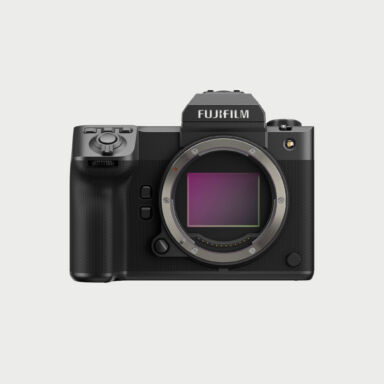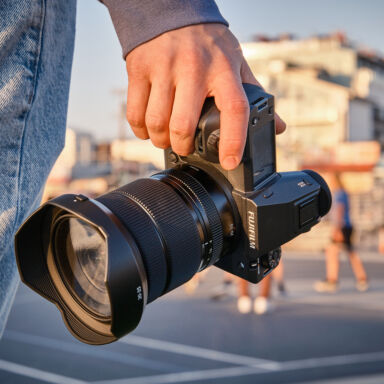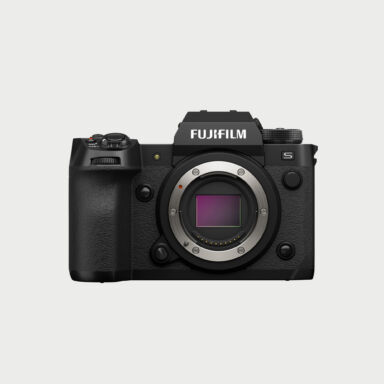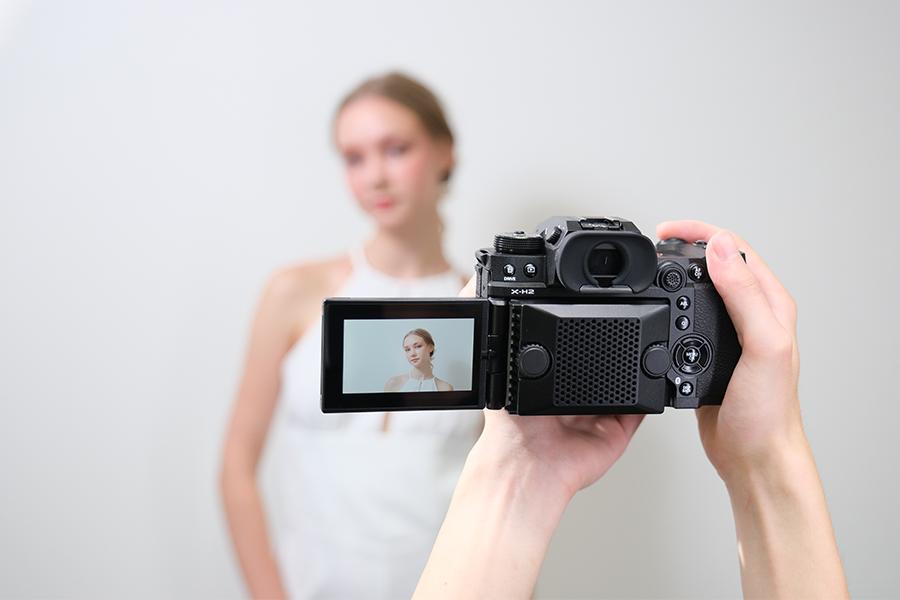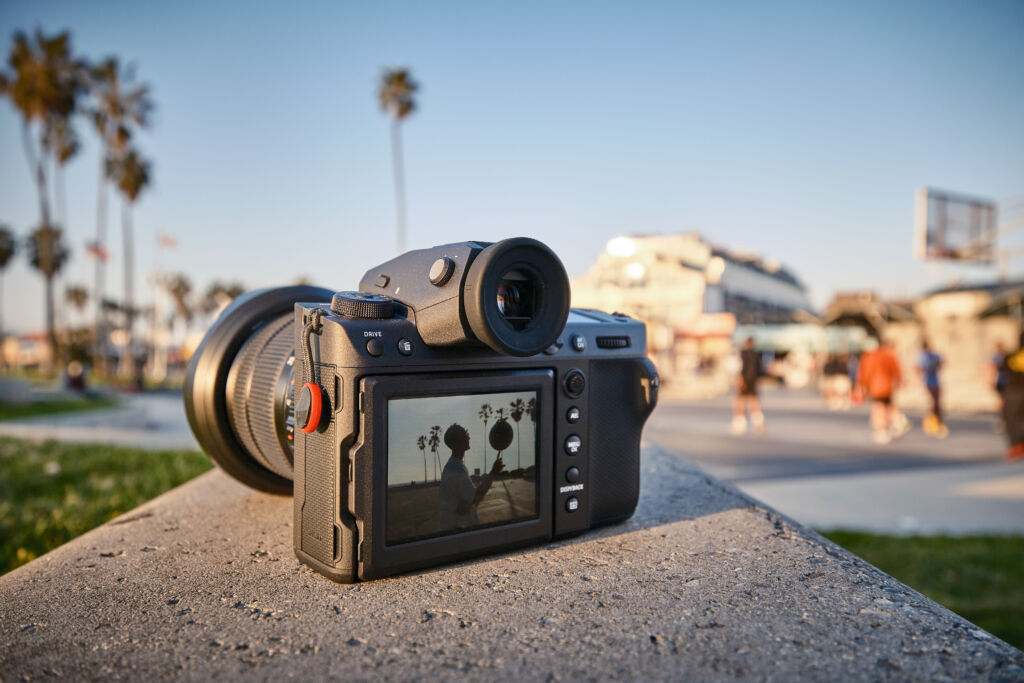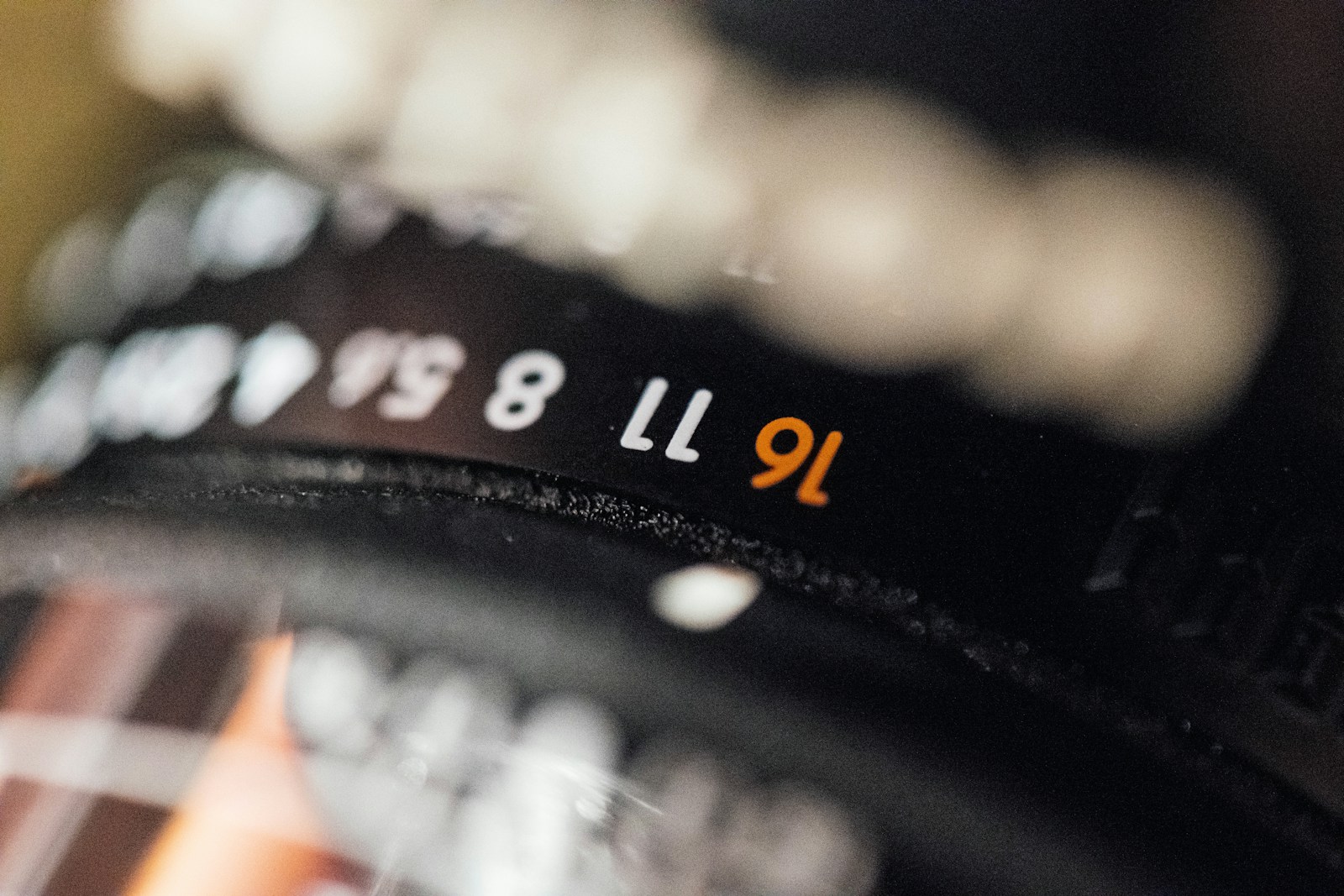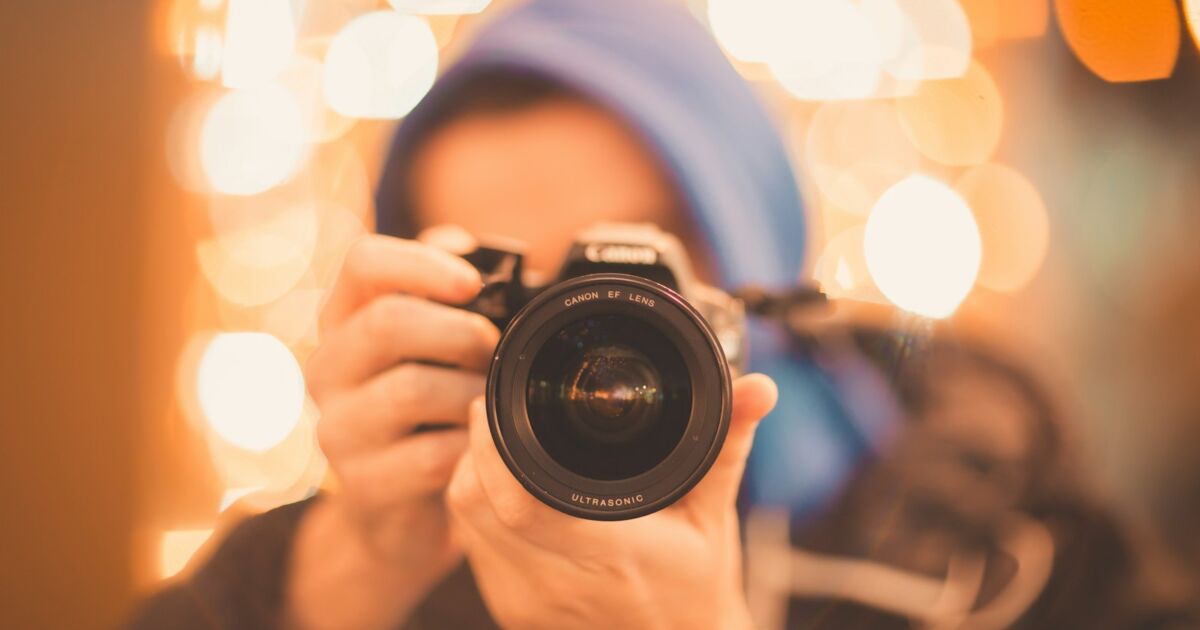Photographing birds is often a delicate exercise. Their small size, speed, and discreet nature make them challenging subjects for photographers. The choice of suitable photographic equipment is essential for capturing quality images. Discover the best cameras and lenses for bird photography.
One of the most frequently used terms in photography is “megapixels”, which refers to the resolution capability of your camera’s sensor to capture the details of your photos. One of the most common questions is to ask from how many megapixels can we talk about a good camera. In general, it can be said that the higher the number of megapixels, the better the image quality. Images with a large number of pixels can then be enlarged or cropped without losing too much detail. The photographer thus obtains a sharper image with high resolution, even after cropping or printing the image.
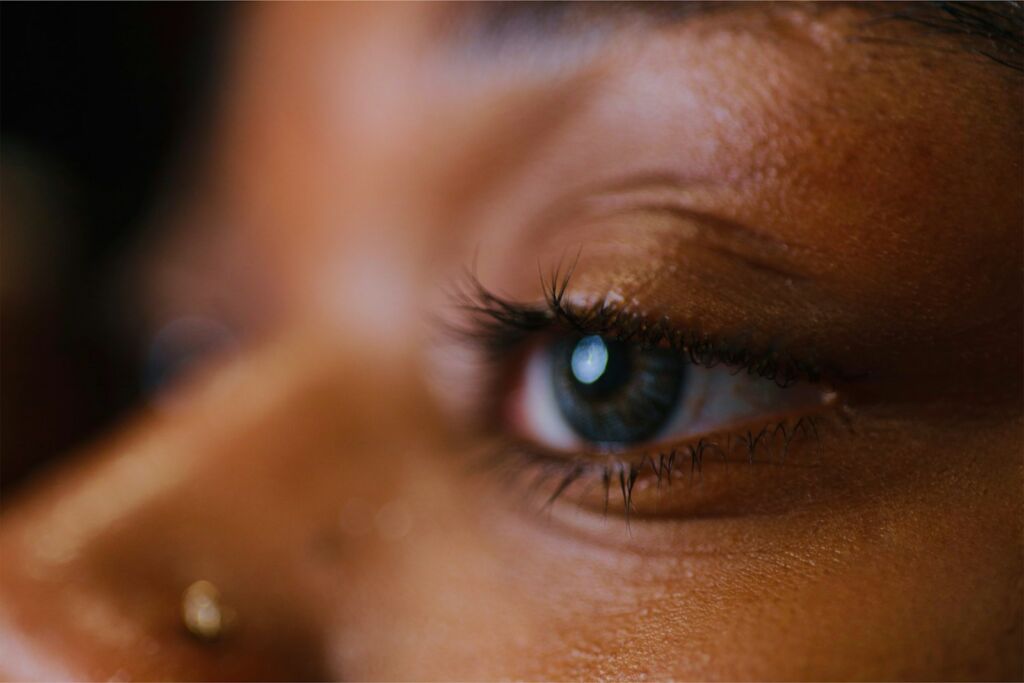
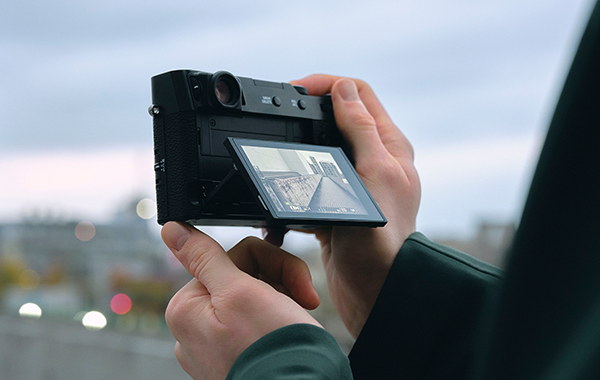
What is a megapixel (MP)?
In simple terms, a megapixel is equivalent to one million pixels. Pixels, the smallest units of a photo, form tiny colored squares that collectively create the image you capture. A zoom-out reveals the entirety of the photograph, while a zoom-in exposes a grid of colored squares, each representing a distinct color. This is a fundamental concept for understanding image resolution. The more megapixels a digital camera has, the higher the potential resolution and level of detail of the images it captures are increased. Essentially, megapixels play a crucial role in determining the clarity and sharpness of your photos.
How many megapixels (MP) do you need when choosing a camera?
The disparity between 10 and 100 megapixels isn’t noticeable when viewing photos on screens like those of phones or computers. The limits of screen resolution prevent differences from being noticed unless you zoom in on the photo.
Increasing the total number of megapixels results in a greater quantity of detail recorded in your image. With more megapixels, you can crop a photo extensively before pixelation becomes apparent. Although screen viewing doesn’t emphasize the megapixels and high image resolution they generate, having more allows for larger prints and provides greater cropping flexibility.
Regardless of the camera’s megapixel count, sensors function similarly. Focused by a lens, the sensor captures light to form an exposure, converted into an image on the camera screen. A higher number of megapixels on a sensor improves detail capture, as they provide additional data points for color and brightness values across the entire image.
Check out our article on the different types of camera sensors.
How many megapixels (MP) should a good camera have?
The number of megapixels (MP) required for a good camera depends on your photography style and habits, as well as the expected image resolution. For digital viewing, almost all modern cameras with a sufficient number of megapixels are adequate if you don’t print or frequently crop images. For most photographers, a range of 10 to 20 megapixels is sufficient to meet their needs. Currently, most digital SLR cameras and mirrorless cameras available today display at least 15 megapixels. For example, the X-T5 from Fujifilm has 40.2 megapixels, the X-S20 has 26 megapixels, …
However, if you need to crop or print your images, it is advisable to opt for a digital camera with a higher number of megapixels. With continuous advancements in photography technology, many cameras on the market now offer much higher resolutions, ranging from 20 megapixels up to 50 megapixels or more in some cases.
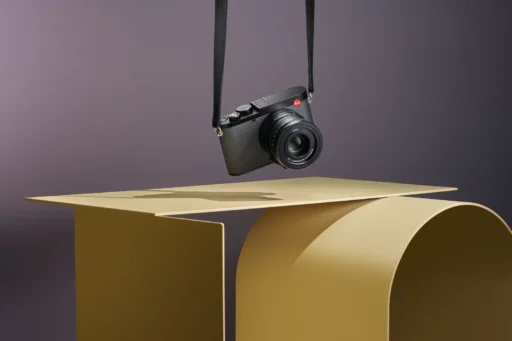


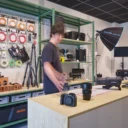
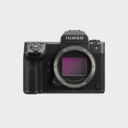 Photo
Photo 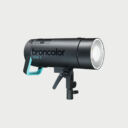 Lighting
Lighting  Tripods & Grip
Tripods & Grip 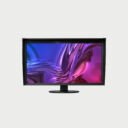 Digital
Digital  Bags & Cases
Bags & Cases 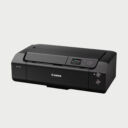 Printing
Printing 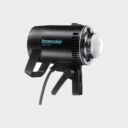 Continous lights
Continous lights 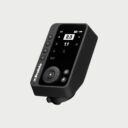 Transmitters
Transmitters 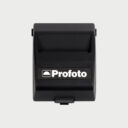 Accessories & Parts
Accessories & Parts 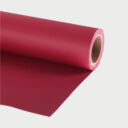 Accessories tripods & grips
Accessories tripods & grips 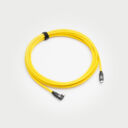 Cables & Tether
Cables & Tether 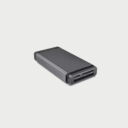 Hub & Adaptaters
Hub & Adaptaters  Portable power stations
Portable power stations  Sling bags
Sling bags  Rolling bags
Rolling bags 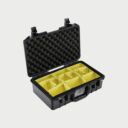 Hard cases
Hard cases  Organizers & Pouches
Organizers & Pouches 